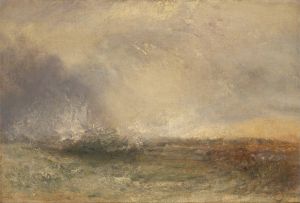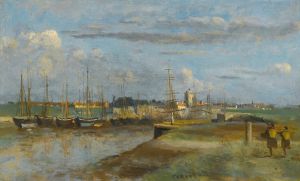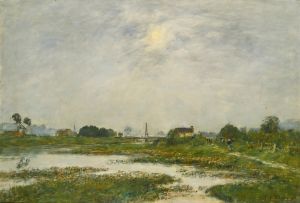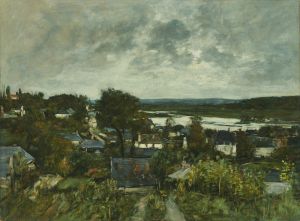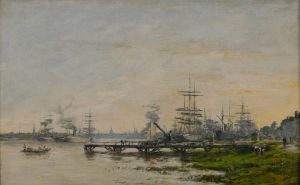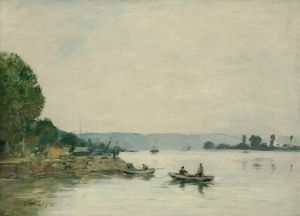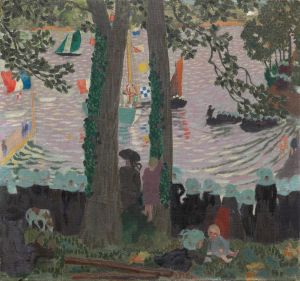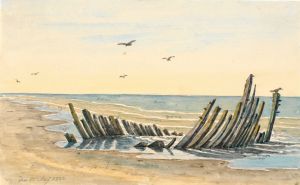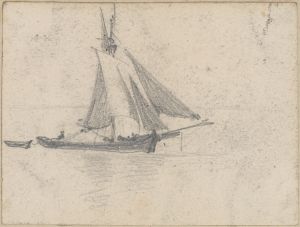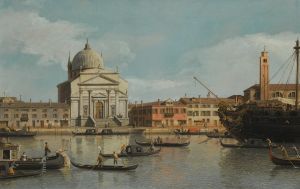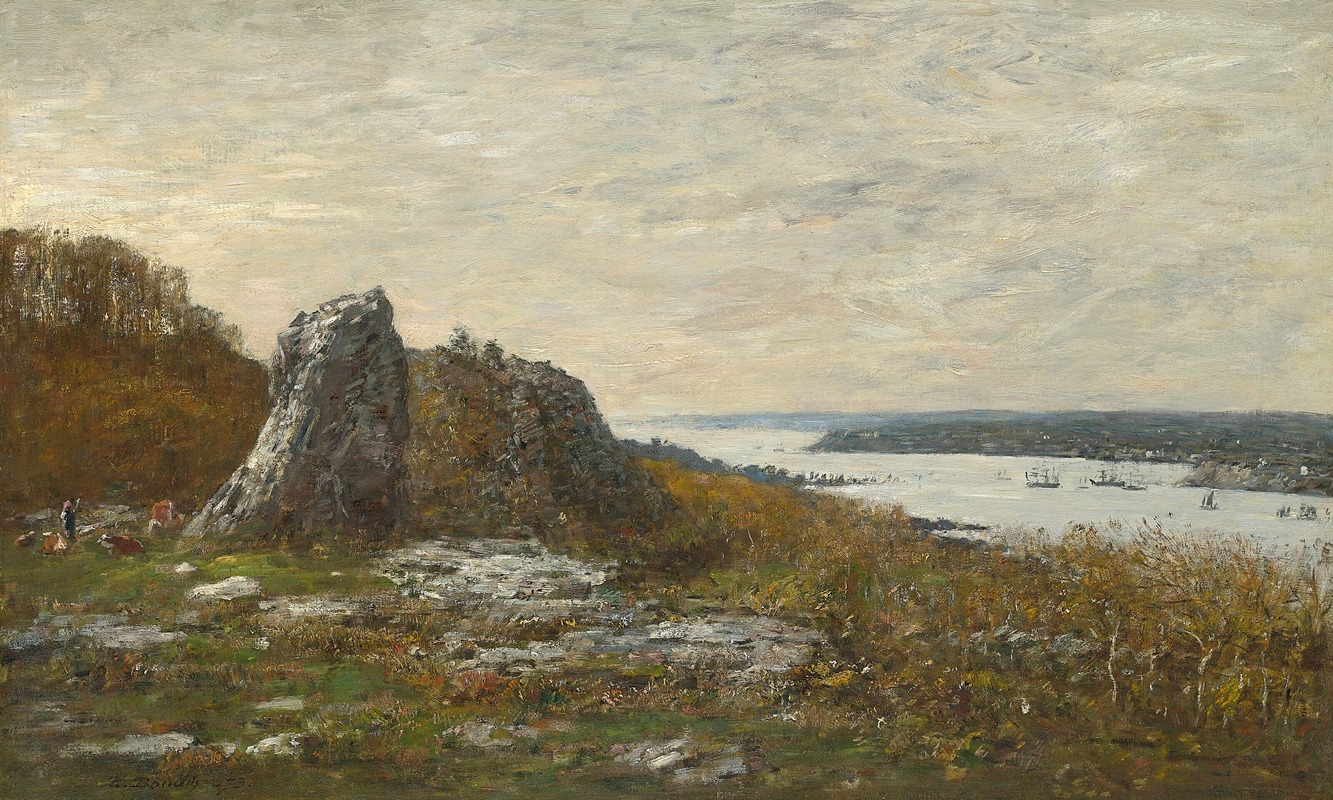
Environs de Brest, embouchure de l’Élorn
A hand-painted replica of Eugène Boudin’s masterpiece Environs de Brest, embouchure de l’Élorn, meticulously crafted by professional artists to capture the true essence of the original. Each piece is created with museum-quality canvas and rare mineral pigments, carefully painted by experienced artists with delicate brushstrokes and rich, layered colors to perfectly recreate the texture of the original artwork. Unlike machine-printed reproductions, this hand-painted version brings the painting to life, infused with the artist’s emotions and skill in every stroke. Whether for personal collection or home decoration, it instantly elevates the artistic atmosphere of any space.
"Environs de Brest, embouchure de l’Élorn" is a painting by the French artist Eugène Boudin, who is widely recognized as one of the precursors of the Impressionist movement. Boudin was born on July 12, 1824, in Honfleur, France, and he developed a profound connection with the sea and coastal landscapes, which became a central theme in his work.
This particular painting, whose title translates to "Surroundings of Brest, Mouth of the Élorn," depicts the estuary of the Élorn River near the city of Brest in Brittany, France. The exact date of the painting is not definitively known, but it is believed to have been created in the latter part of the 19th century, during a period when Boudin frequently traveled and painted scenes along the French coast.
Boudin's work is characterized by his masterful handling of light and atmosphere, and "Environs de Brest, embouchure de l’Élorn" is no exception. The painting captures the serene and somewhat melancholic beauty of the Breton landscape, with its muted color palette and delicate brushwork. The sky, often a focal point in Boudin's paintings, is rendered with a sense of depth and movement, suggesting the ever-changing weather conditions typical of the region.
The composition of the painting is carefully balanced, with the river leading the viewer's eye into the distance, where it meets the horizon. The surrounding landscape is depicted with a sense of tranquility, emphasizing the natural beauty of the area. Boudin's attention to detail and his ability to convey the subtle nuances of light and shadow are evident in the way he portrays the water, the vegetation, and the sky.
Eugène Boudin was known for his plein air painting technique, which involved painting outdoors to capture the natural light and atmosphere of a scene. This approach was influential in the development of Impressionism, and Boudin's work had a significant impact on younger artists, including Claude Monet, who once referred to Boudin as his "master." Boudin's dedication to painting en plein air allowed him to capture the transient effects of light and weather with great authenticity.
Throughout his career, Boudin received recognition for his contributions to art. He exhibited regularly at the Paris Salon and was awarded a medal at the Exposition Universelle in 1889. Despite his success, Boudin remained modest and dedicated to his craft, continuing to explore and depict the coastal landscapes that he loved.
"Environs de Brest, embouchure de l’Élorn" is a testament to Boudin's skill as a landscape painter and his deep appreciation for the natural world. The painting remains an important example of his work and a valuable piece of art history, reflecting the early stages of the Impressionist movement and the enduring beauty of the French coastline.





